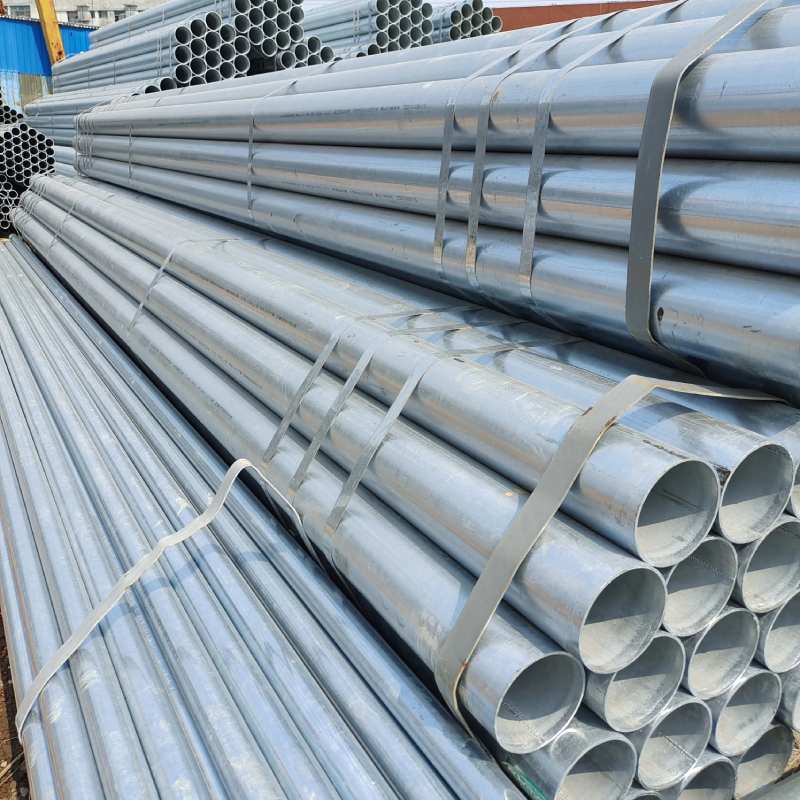-
Cangzhou Yulong Steel Co., Ltd.
-
Phone:
+86 13303177267 -
Email:
admin@ylsteelfittings.com
- English
- Arabic
- Italian
- Spanish
- Portuguese
- German
- kazakh
- Persian
- Greek
- French
- Russian
- Polish
- Thai
- Indonesian
- Vietnamese
- Zulu
- Korean
- Uzbek
- Hindi
- Serbian
- Malay
- Ukrainian
- Gujarati
- Haitian Creole
- hausa
- hawaiian
- Hebrew
- Miao
- Hungarian
- Icelandic
- igbo
- irish
- Japanese
- Javanese
- Kannada
- Khmer
- Rwandese
- Afrikaans
- Albanian
- Amharic
- Armenian
- Azerbaijani
- Basque
- Belarusian
- Bengali
- Bosnian
- Bulgarian
- Catalan
- Cebuano
- China
- China (Taiwan)
- Corsican
- Croatian
- Czech
- Danish
- Esperanto
- Estonian
- Finnish
- Frisian
- Galician
- Georgian
- Kurdish
- Kyrgyz
- Lao
- Latin
- Latvian
- Lithuanian
- Luxembourgish
- Macedonian
- Malgashi
- Malayalam
- Maltese
- Maori
- Marathi
- Mongolian
- Myanmar
- Nepali
- Norwegian
- Norwegian
- Occitan
- Pashto
- Dutch
- Punjabi
- Romanian
- Samoan
- Scottish Gaelic
- Sesotho
- Shona
- Sindhi
- Sinhala
- Slovak
- Slovenian
- Somali
- Sundanese
- Swahili
- Swedish
- Tagalog
- Tajik
- Tamil
- Tatar
- Telugu
- Turkish
- Turkmen
- Urdu
- Uighur
- Welsh
- Bantu
- Yiddish
- Yoruba

Oct . 18, 2024 10:08 Back to list
Understanding ANSI Class 600 Standards in Industrial Applications and Their Importance
Understanding ANSI Class 600 A Comprehensive Overview
The American National Standards Institute (ANSI) plays a pivotal role in setting standards for various industries, ensuring quality, safety, and efficiency in equipment and processes. One such standard is ANSI Class 600, which is relevant in contexts involving valves, fittings, and flanges in piping systems. This article delves into the significance, applications, and specifications related to ANSI Class 600, providing a clear understanding of its role in industrial operations.
What is ANSI Class 600?
ANSI Class 600 refers to a specific pressure class designation for flanges and fittings, particularly in the realm of pipe systems utilized in industrial applications. This classification indicates that equipment can safely handle pressures up to 600 pounds per square inch (psi) at ambient temperatures. Understanding these classifications is essential for engineers and operators working in sectors such as oil and gas, chemical processing, power generation, and water treatment.
Importance of Pressure Classifications
The ANSI pressure class system categorizes different types of piping equipment based on their ability to withstand certain pressures and temperatures. This classification is crucial because it helps engineers select the appropriate components for a piping system, ensuring the integrity and safety of the installation. Misalignment between pressure capacity and actual system requirements can lead to catastrophic failures, resulting in safety hazards and significant financial losses.
Specifications of ANSI Class 600
Equipment classified under ANSI Class 600 typically includes valves, flanges, and fittings made from various materials—such as carbon steel, stainless steel, and alloy materials. The specifications for ANSI Class 600 include
1. Pressure Rating The primary characteristic of ANSI Class 600 is its pressure rating of 600 psi at ambient temperature. For higher temperatures, the pressure rating may decrease according to the material's temperature characteristics.
2. Temperature Ratings Materials used in Class 600 applications are usually rated for temperatures ranging from -20°F to 1000°F, depending on the material type and design.
ansi class 600

3. Dimensions and Design ANSI Class 600 flanges typically conform to standard dimensions provided by ANSI/ASME B16.5. This ensures compatibility with various pipe sizes and other equipment, facilitating easier installation and maintenance.
4. Material Composition Typical materials used include carbon steel (ASTM A105), stainless steel (ASTM A182), and other specialized alloys. The choice of material is crucial as it impacts the longevity and performance of the equipment under specific operating conditions.
Applications of ANSI Class 600
ANSI Class 600 components are predominant in several critical industries
- Oil and Gas Industry In drilling and refining operations, ANSI Class 600 fittings and valves are widely used due to their ability to handle high pressures and corrosive environments.
- Chemical Processing The chemical industry frequently utilizes Class 600 components to manage various chemical reagents and high-pressure processes safely.
- Power Generation In power plants, particularly in steam and cooling systems, ANSI Class 600 valves and fittings ensure efficient and safe transmission of fluids.
- Water Treatment Class 600 components are also essential in municipal water supply systems, where they can endure pressure fluctuations while maintaining tight seals.
Conclusion
Understanding ANSI Class 600 is crucial for professionals working with piping systems across various industries. The classification not only guarantees the safe operation of essential equipment but also enhances the overall efficiency of industrial processes. By adhering to ANSI standards, organizations can mitigate risks, ensure compliance, and maintain operational excellence. As industries evolve and demand more sophisticated systems, the relevance of standards like ANSI Class 600 will only increase, underscoring the necessity for continuous education and adaptation in engineering practices.
Latest news
-
ANSI 150P SS304 SO FLANGE
NewsFeb.14,2025
-
ASTM A333GR6 STEEL PIPE
NewsJan.20,2025
-
ANSI B16.5 WELDING NECK FLANGE
NewsJan.15,2026
-
ANSI B16.5 SLIP-ON FLANGE
NewsApr.19,2024
-
SABS 1123 FLANGE
NewsJan.15,2025
-
DIN86044 PLATE FLANGE
NewsApr.19,2024
-
DIN2527 BLIND FLANGE
NewsApr.12,2024
-
JIS B2311 Butt-Welding Fittings LR/SR 45°/90° /180°Seamless/Weld
NewsApr.23,2024











